Relapsing Fever
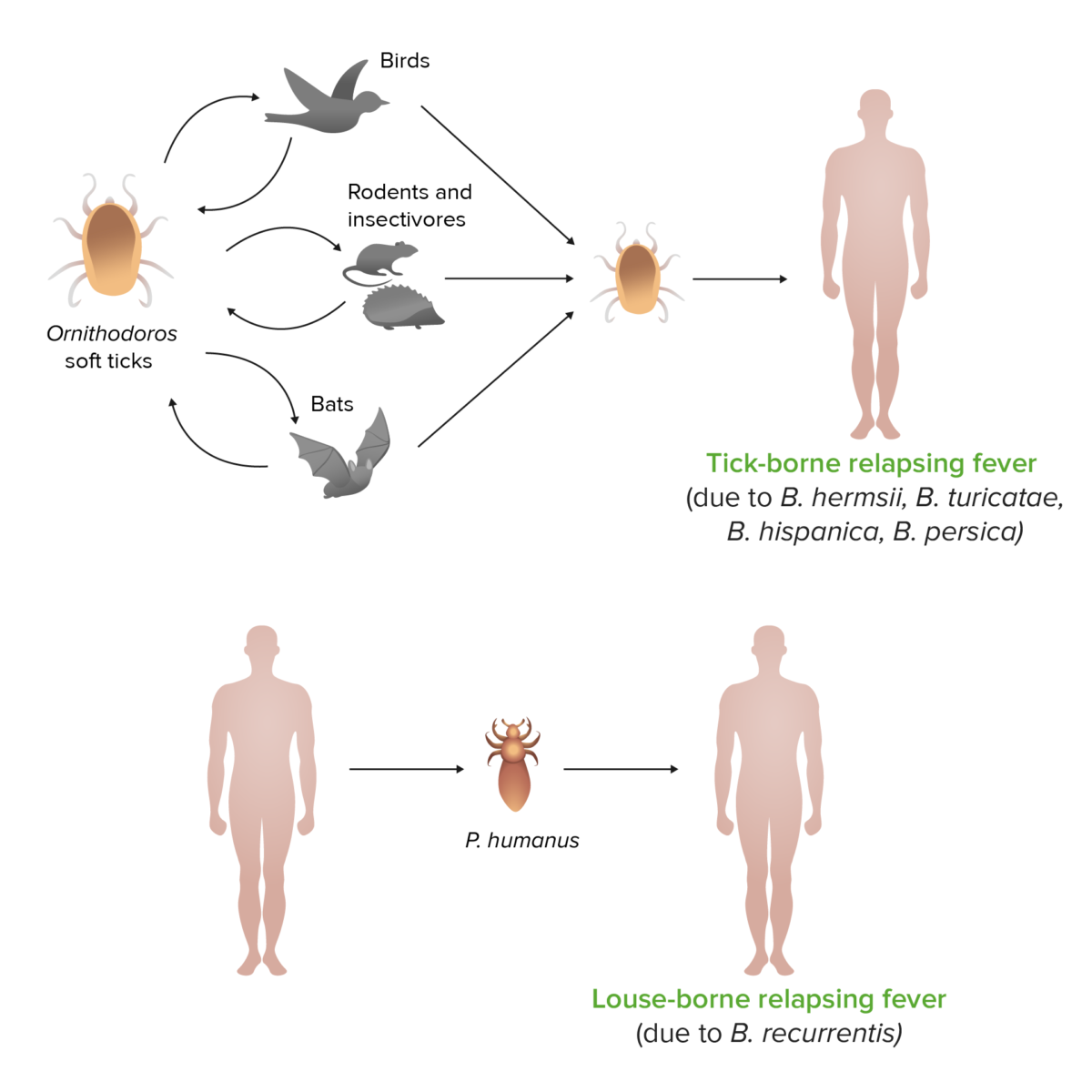
Overview Causative organism Epidemiology Tick-borne relapsing fever: Louse-borne relapsing fever: Pathogenesis Transmission of TBRF Transmission of LBRF Pathophysiology Clinical Presentation Relapsing fever timeline Associated symptoms and manifestations Prognosis Findings indicative of poor prognosis: Diagnosis Other supporting tests and findings: Management Tick-borne relapsing fever Louse-borne relapsing fever Jarisch-Herxheimer reaction Prevention and Prophylaxis Prevention of TBRF Prevention […]
Salmonella
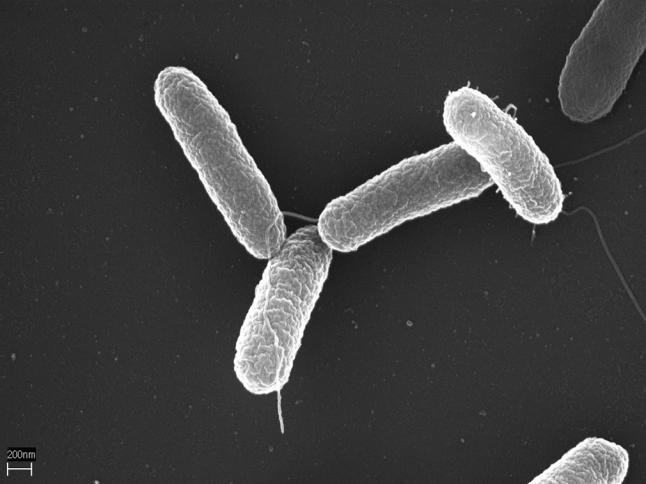
Classification General Characteristics Salmonella spp. Clinically relevant species Salmonella enterica is the primary species and has the following serotypes: Pathogenesis Transmission and virulence Disease process Diseases Caused by Salmonella Typhoidal species (Salmonella typhi and paratyphi) Typhoid fever or enteric fever: Chronic carrier state: Nontyphoidal species (Salmonella enteritidis and typhimurium) Enterocolitis/gastroenteritis: Bacteremia: Comparison with Shigella Both […]
Rocky Mountain Spotted Fever
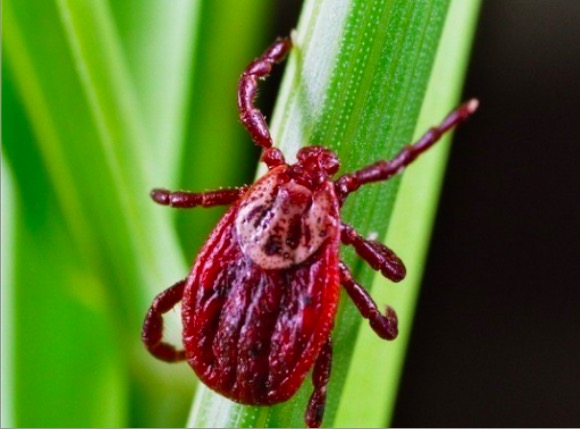
Overview Definition Rocky Mountain spotted fever (RMSF) is an infectious disease caused by the bacteria Rickettsia rickettsii, which is usually transmitted by ticks. Epidemiology Etiology Pathophysiology Clinical Presentation Symptoms usually occur within 2–14 days of exposure to an infected tick bite. Initial symptoms may be vague and non-specific (fever, generalized malaise). Patients may not be […]
Vibrio
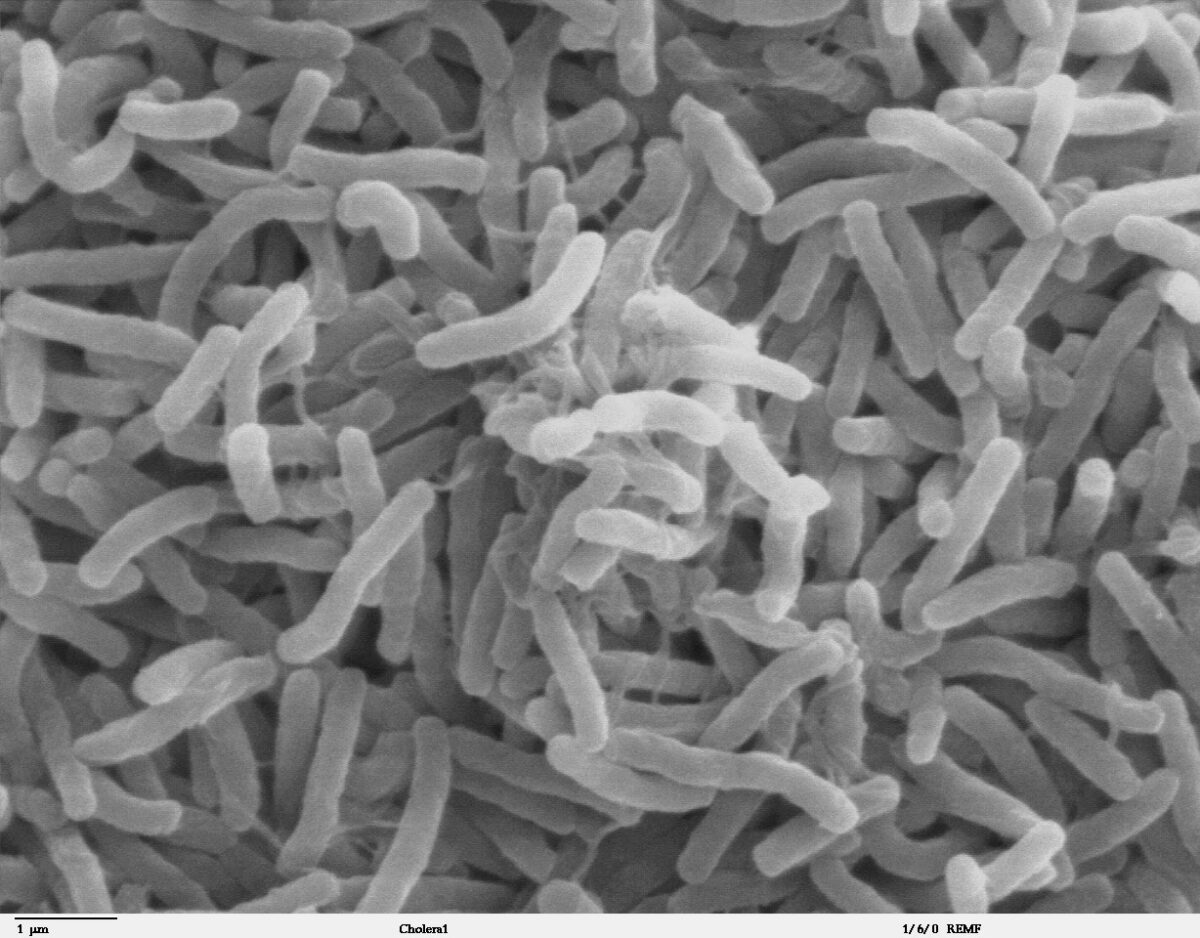
Classification General Characteristics Basic features of Vibrio Major pathogenic species Biochemistry and growth characteristics Reservoirs Clinical Relevance of Vibrio cholerae Epidemiology Transmission Pathogenesis Clinical presentation About 50% of infections with classic V. cholerae are asymptomatic and 75% of infections with El Tor biotype of V. cholerae are asymptomatic. Diarrhea: Pneumonia: Management Mortality in untreated patients […]
Human Immunodeficiency Virus (HIV)
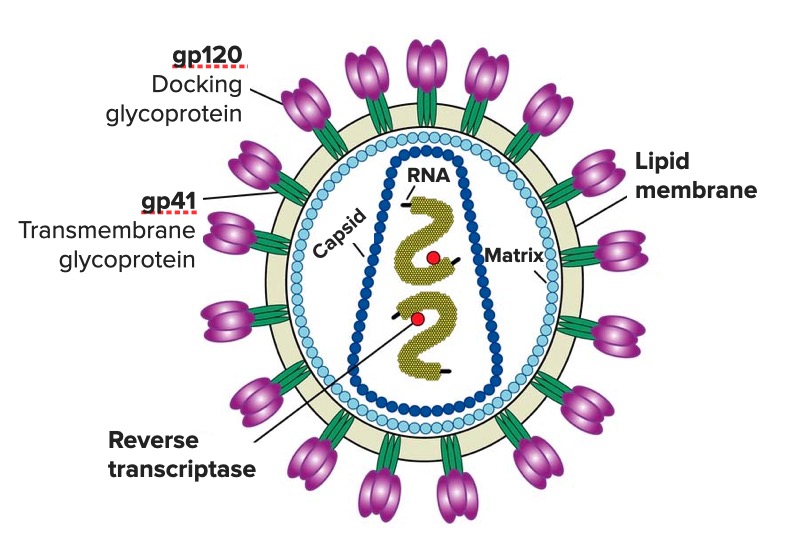
Classification and Subtypes Classification Two subtypes of human immunodeficiency virus (HIV) Structure and Genome HIV virion HIV genome (9 genes that encode 15 viral proteins) Genetic variability (very high) Life Cycle Tropism HIV replication cycle HIV Infection Transmission Pathophysiology Clinical presentation Identification References
Shigella
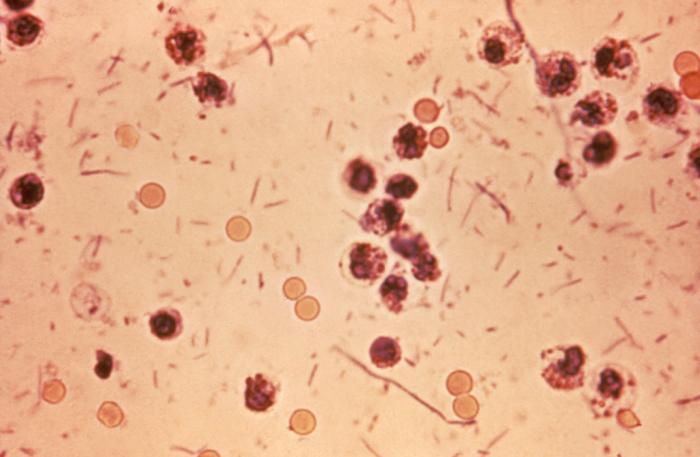
Classification General Characteristics Shigella spp. Clinically relevant species Serogroups defined by specific O antigens: Epidemiology Pathogenesis Reservoir and transmission Mnemonic To help remember the modes of transmission of Shigella, remember the “4 Fs:” Virulence factors Disease process Clinical Presentation Diagnosis and Management Diagnosis Management Prevention Comparison with Salmonella Shigella and Salmonella invade the gastrointestinal tract, […]
Giardia/Giardiasis
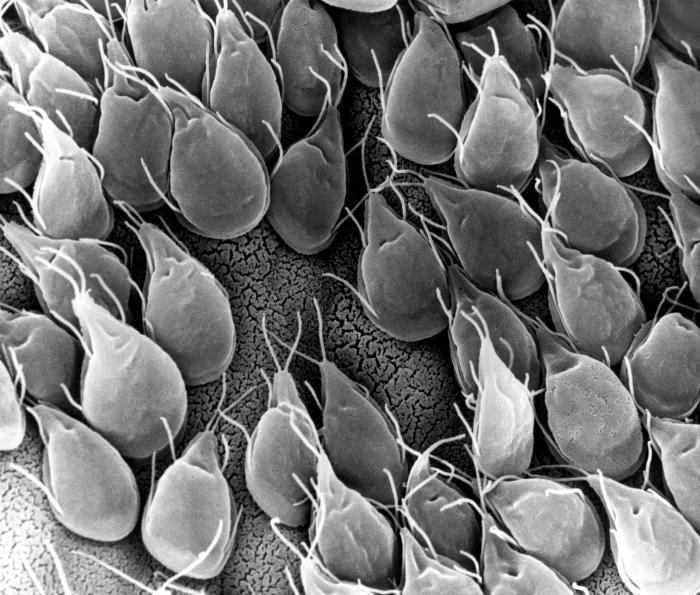
General Characteristics of Giardia Giardiasis is caused by the flagellated protozoan, Giardia duodenalis (synonyms: G. lamblia, G. intestinalis). Characteristics Forms Epidemiology and Transmission Epidemiology Transmission Pathogenesis Virulence factors Life cycle and pathophysiology Clinical Presentation While some patients may be asymptomatic, the hallmark clinical feature of giardiasis is malabsorptive diarrhea. Acute giardiasis Chronic giardiasis Complications Diagnosis […]
Treponema
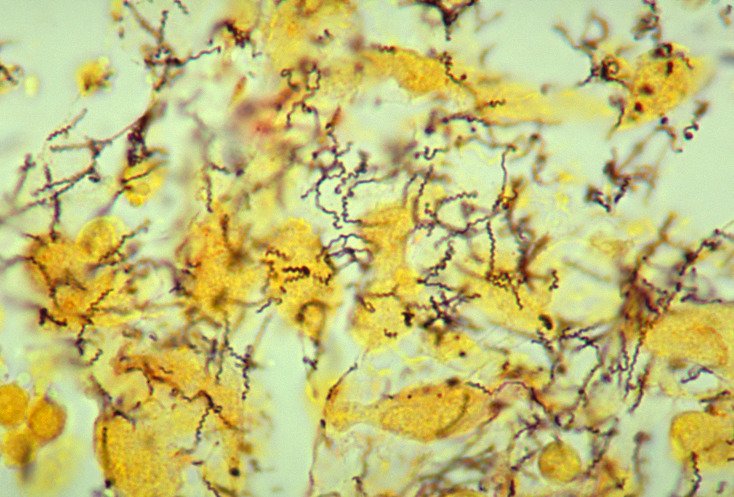
Classification General Characteristics of Treponema Basic features of Treponema species Clinically relevant species Pathogenesis Reservoirs and transmission Virulence Diseases Caused by Treponema Syphilis The most common treponemal disease caused by T. pallidum pallidum: Table: Syphilis Stage Primary syphilis Secondary syphilis Tertiary syphilis Congenital syphilis Transmission Sexual contact Skin contact with disseminated rash Patients are not […]
Borrelia
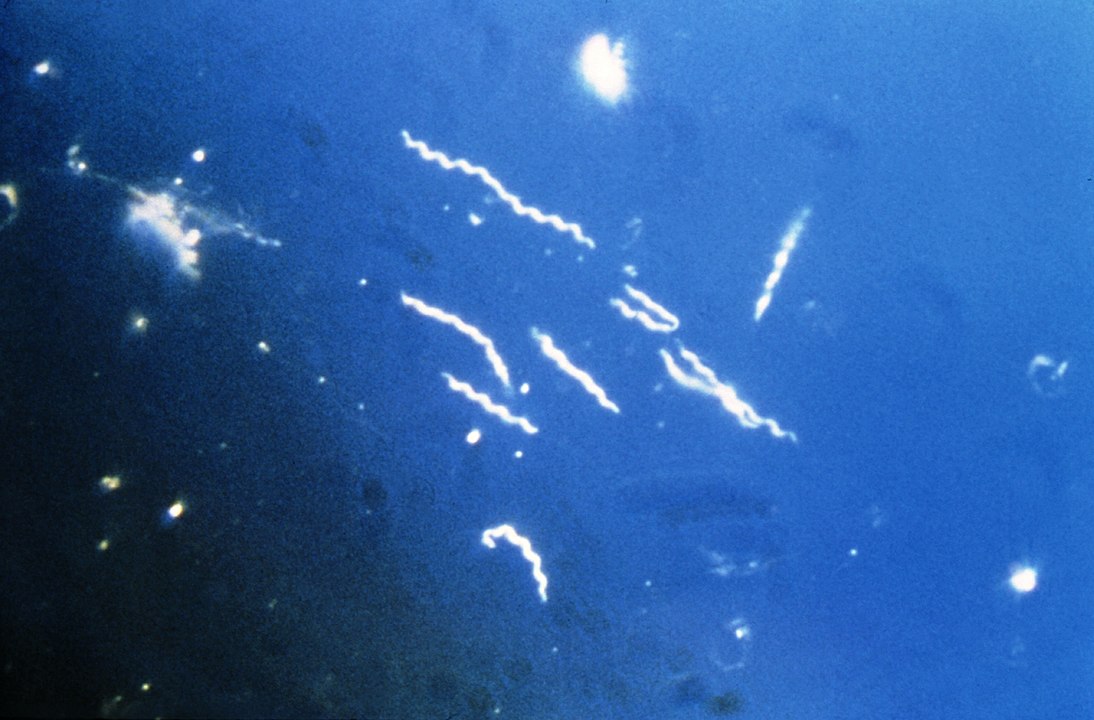
General Characteristics of Borrelia Basic features of Borrelia species Clinically relevant species Pathogenesis Reservoirs Transmission Virulence At-risk populations Diseases Caused by Borrelia The following diseases are caused by Borrelia: Table: Diseases caused by Borrelia Disease Lyme disease Relapsing fever Associated species B. burgdorferi (United States) B. afzelii and B. garinii (Europe) B. hermsii, B. turicatae, […]
Leishmania/Leishmaniasis
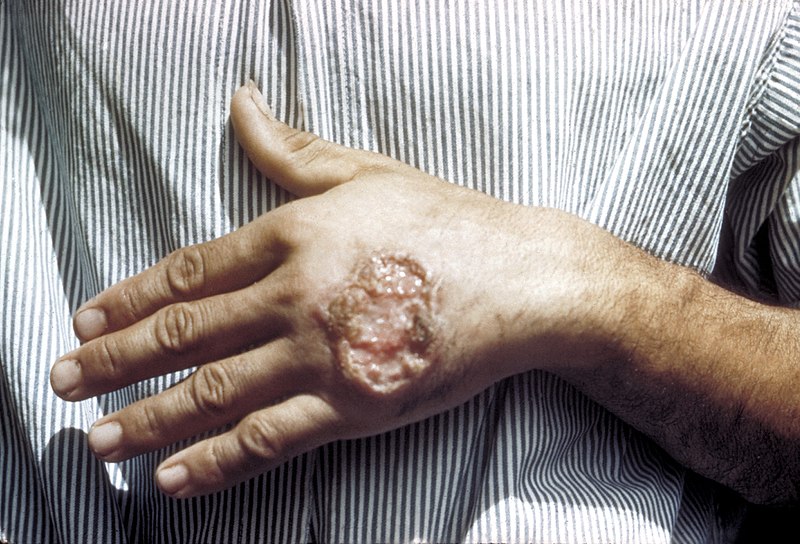
General Characteristics Leishmania spp. Clinically relevant species Epidemiology Pathogenesis Reservoirs and transmission Pathophysiology In the sandfly: In humans: Disease process Clinical Presentation Cutaneous leishmaniasis (CL) Mucocutaneous leishmaniasis Visceral leishmaniasis (VL) Diagnosis General diagnostic tools Additional tests for VL Management Cutaneous leishmaniasis Mucocutaneous leishmaniasis VL Prevention Comparison of Flagellated Protozoa Table: Comparison of clinically relevant flagellated […]